Marine Science
Global study shows exotic species are a complex threat
Researchers disentangle the effects of introduced species on the marine environment.
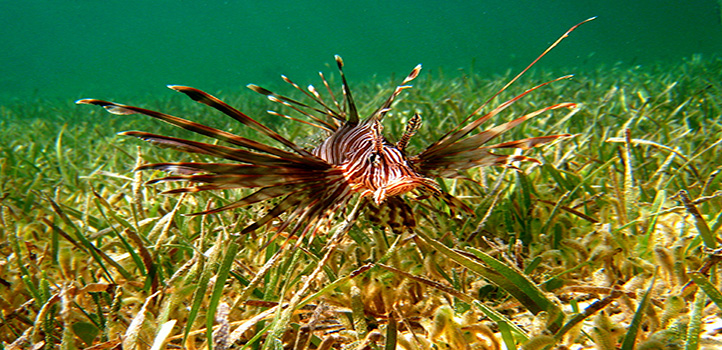
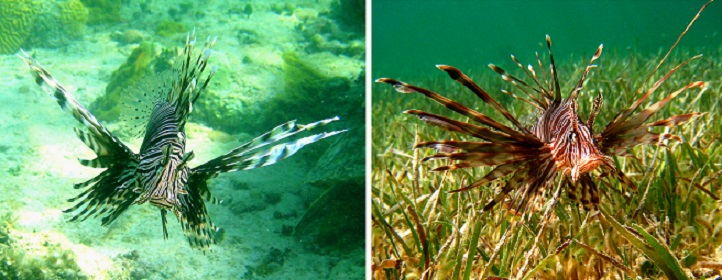
Lionfish, a native species from the Indo-Pacific, are invading coral reefs (left) and seagrass meadows (right) in the Caribbean and and Mediterranean Sea.
© 2019 Andrea Anton
When species are introduced by humans into marine habitats, they can disrupt their new environment, according to a study at KAUST, which also identified key species for conservation efforts to focus on.
While the significant damage caused by some exotic species is beyond question, there is an ongoing debate among researchers about the overall impacts of exotic species, many of which may be innocuous. “This discussion is intensifying within the scientific community,” says Andrea Anton, the study’s lead author. To help resolve the debate, she and her colleagues at the University’s Red Sea Research Center and around the world undertook a meta-analysis of the ecological impact of exotic species in marine environments.
They collected data from more than 150 studies covering 76 exotic species. By using a metric which measured the increase or decrease of different ecological variables, the team circumvented the need to categorize the changes as positive or negative, a source of potential bias when studying cascading effects in complex contexts, such as ecosystems.
Their analysis showed that exotic species do tend to disrupt marine ecosystems. The overall effect appears relatively modest compared with other anthropogenic factors, such as global warming or overfishing, perhaps because of differences between subgroups. For example, although primary producers were negatively affected by exotics, there was less impact on species at other trophic levels. Likewise, exotic predators and primary producers consistently had a substantial disruptive impact, while exotics from other trophic levels did not.

Taxonomic cord diagram showing the interactions (green: positive/increased; pink: negative/decreased) between exotic (dark blue) and native (light blue) species.
© 2019 KAUST; https://kaust-vislab.github.io/Biological-Network/
The impact also differed based on the origin of the exotic species—marine species had an effect, while freshwater and terrestrial exotics did not—and the environment to which they were introduced, with habitats on continental margins seeing a significant impact, unlike those close to islands. Overall, exotic species reduced the abundance of native species but did not affect the diversity or survival of communities.
“Globally, exotic species are a threat: although we also found that only 10 percent of species introduced outside their natural area of distribution are actually destructive. However, 90 percent of them are not,” says Anton. “So both sides of the debate are partially correct.”
This divergence is echoed in the ranking of marine exotic species created by the team to guide biodiversity conservation efforts. Of the 19 species that appeared in three or more studies, only two were consistently disruptive of ecosystems globally. However, given the extensive variability and context dependence of the impact of exotic species, the researchers recommend that policy makers look at granular results rather than just the global picture.
References
- Anton, A., Geraldi, N.R., Lovelock, C.E., Apostolaki, E.T., Bennett, S….Duarte, C.M. Global ecological impacts of marine exotic species. Nature Ecology and Evolution 3, 787-800 (2019). | article
You might also like
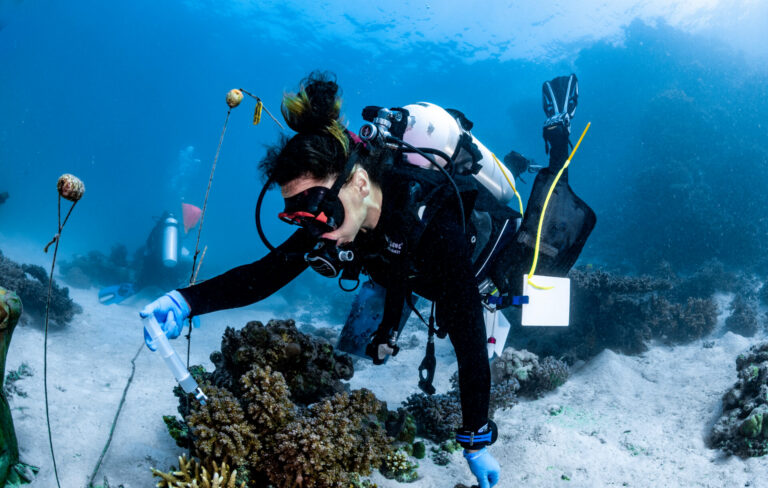
Marine Science
A place to trial hope for global reef restoration
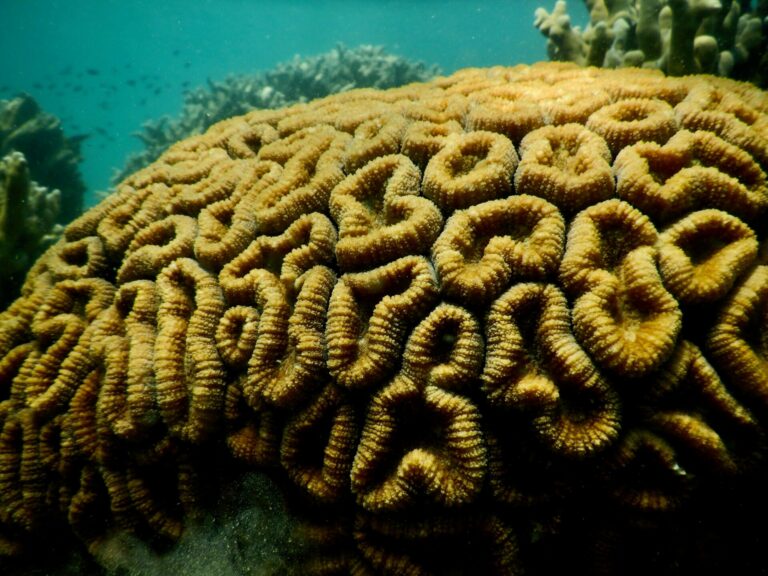
Marine Science
Reef-building coral shows signs of enhanced heat tolerance

Marine Science
Plastic-munching bacteria found across the seven seas
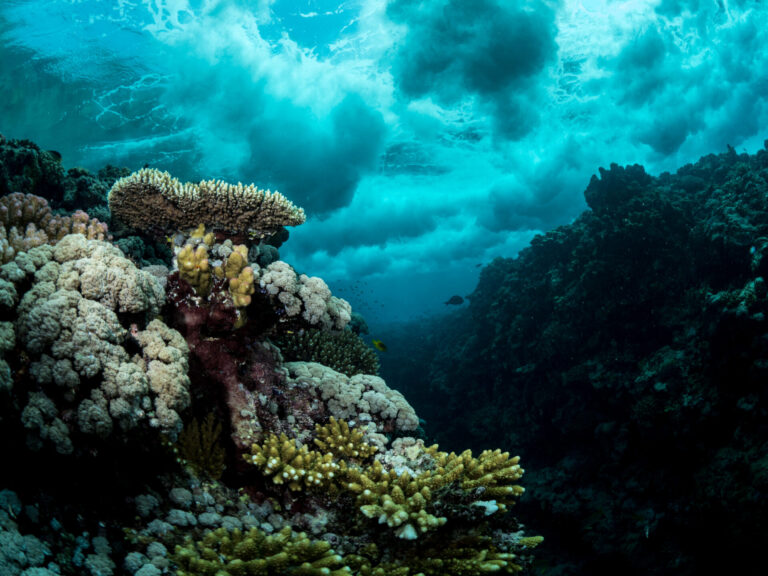
Marine Science
AI reveals the universal beauty of coral reef growth
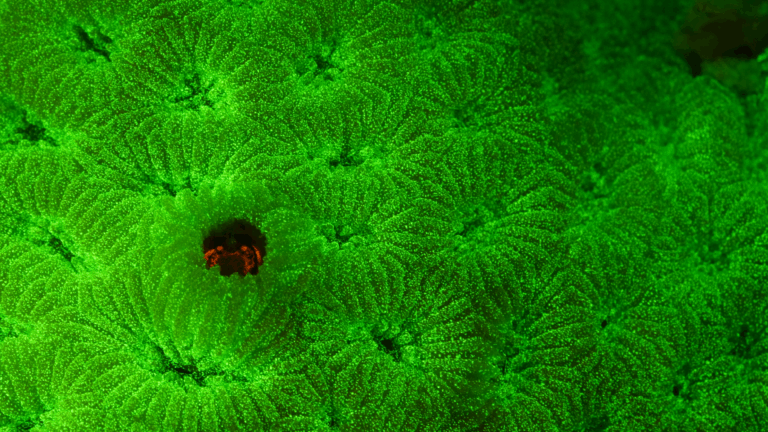
Marine Science
Tiny crabs glow to stay hidden
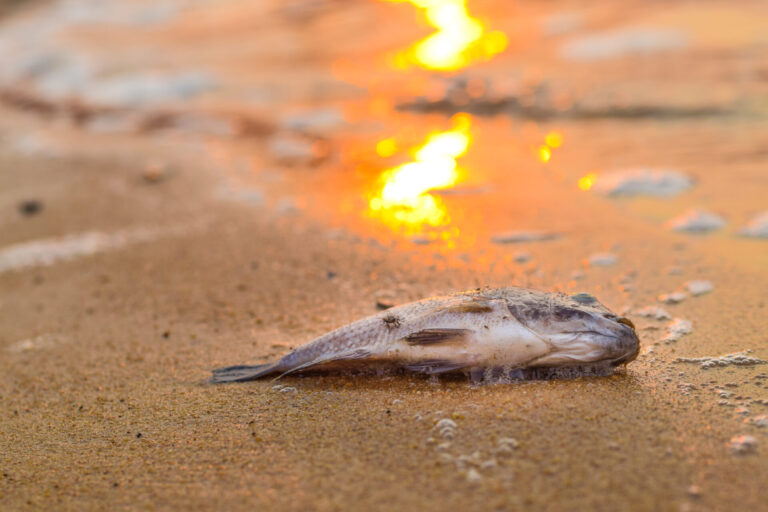
Marine Science
Mass fish deaths linked to extreme marine heatwave in Red Sea
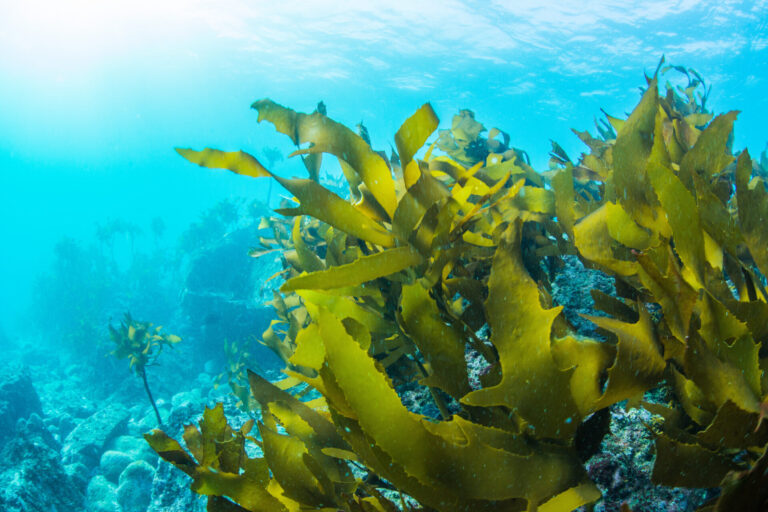
Marine Science
Weeding out the secrets of Red Sea macroalgae

Bioscience




